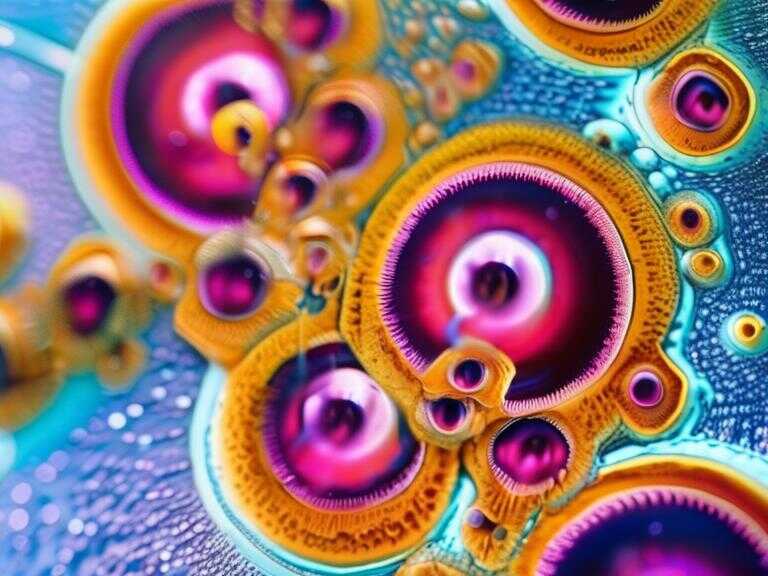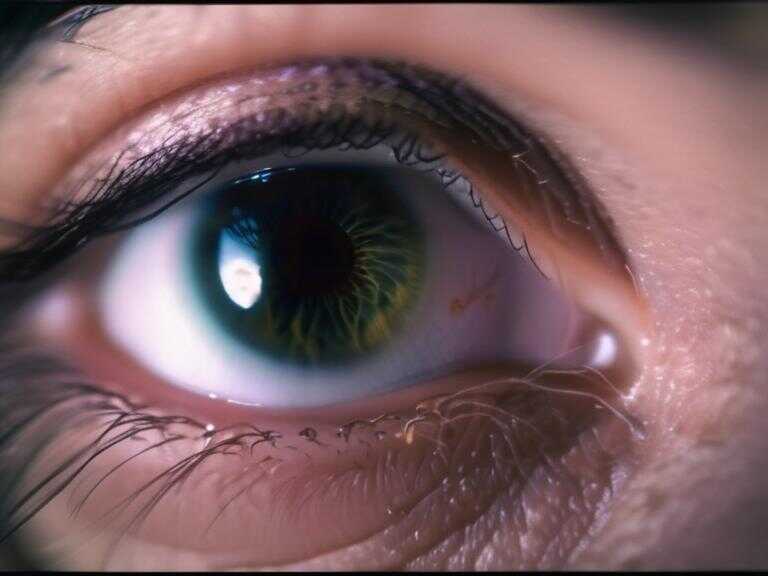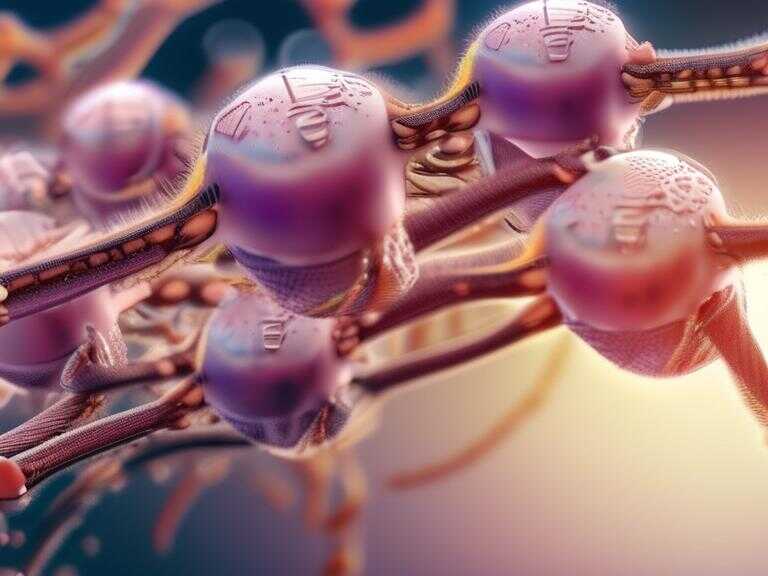
Mysterious Purple Substance Worth More Than Gold Unearthed in Roman Bathhouse Excavation
Archaeologists discovered a rare purple substance in a Roman bathhouse in Carlisle, England, believed to be Tyrian purple worth more than gold.

Archaeologists in England have made a remarkable discovery during their ongoing excavation of Roman remains in Carlisle, England. The finding is a "mysterious lump" of a purple substance that was highly prized in Roman times, reportedly worth more than gold.
Ancient Origins Unveiled
The team from Wardell Armstrong, an environmental, engineering, and mining company based in the U.K., found the "soft purple substance" during a 2023 excavation of a Roman bathhouse. The bathhouse, dating back to the third century, is situated on the grounds of what is now a cricket club in Carlisle.
Following the discovery, the British Geological Society was engaged to conduct tests on the material. Subsequent analysis by experts from Newcastle University revealed that the substance is an organic pigment containing levels of bromine and beeswax.
Tyrian Purple: A Symbol of Royalty
Identification of the substance as "Tyrian Purple" indicates its association with the imperial court of the Roman Empire. This pigment, crafted from crushed seashells sourced from the Mediterranean, North Africa, and Morocco, was known for its exorbitant production costs, making it more valuable than gold during the Roman era.
The finding has prompted researchers to postulate about the potential association of the excavated building with the Roman imperial court. There are even speculations that it may have been connected to the visit of the Roman emperor at that time, Septimius Severus.
Rarity and Significance
Frank Giecco, the technical director of the excavation project, emphasized the extraordinary nature of this discovery, deeming it "incredibly rare," particularly in Europe. He stated, "It's the only example we know of in Northern Europe – possibly the only example of a solid sample of the pigment in the form of unused paint pigment anywhere in the Roman Empire."
Giecco highlighted that while instances of this pigment have been found in wall paintings, such as those in Pompeii, and on high-status painted coffins from the Roman province of Egypt, the discovery in Carlisle stands out as a unique and exceptional find. The rarity and historical significance of the unearthing underscore its value in shedding light on the opulence and influence of the Roman Empire.
Share news















